In the lead up to the 26th UN Climate Change Conference of the Parties (COP26) in November of this year, we are writing a series of articles looking at some of the toughest global climate crisis challenges that we are currently facing. This post looks at the increase in the prevalence and intensity of forest fires, and how they can be both exacerbated by and contribute to climate change.
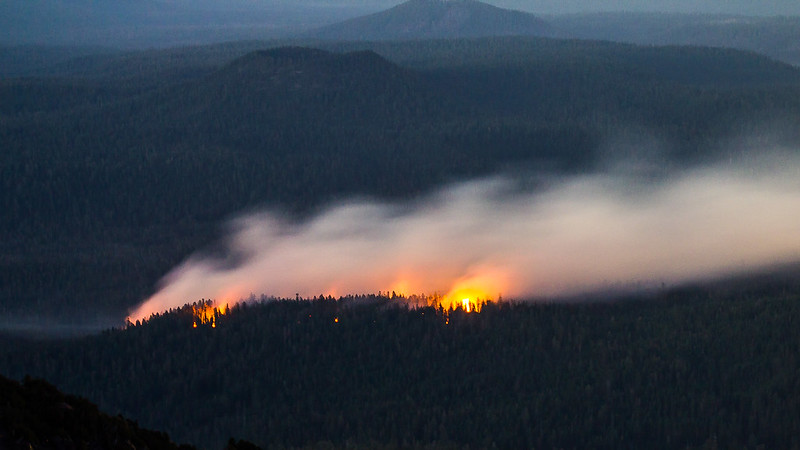
How and why do forest fires occur?
In many ecosystems forest fires are a natural event and, particularly in high-latitude forests, can help to maintain a healthy ecosystem, release nutrients into the soil and help with seed dispersal. Fossil charcoal remains suggest that natural fires have occurred since the appearance of terrestrial plants 420 million years ago and were caused by lightning or volcanic eruptions. While these factors are still responsible for a number of forest fires, human-ignited fires, such as those caused by discarded cigarettes, poorly controlled bonfires or cooking fires, sparks from electrical equipment and intentional arson, are now increasingly prevalent. Controlled fires are also used to manage farmland and pasture, and to clear natural vegetation. How quickly and efficiently a fire will spread depends largely on the amount and type of flammable material present, along with the local topography, moisture levels and weather conditions.
When and why are forest fires a problem?
A combination of climate change and poor land management mean that many areas are now much more prone to forest fires than they have been historically. In particular, hotter and dryer conditions, combined with ecosystems that are degraded by logging and disease means that fire seasons are becoming much more extreme and widespread. This is especially worrying in tropical rainforests, where forest fires would previously have been rare.
Increased occurrences of forest fires pose a number of environmental, social and economic problems. As well as damaging forest ecosystems, large-scale fires release copious amounts of CO2 and pollutants into the atmosphere, which are problematic both from an environmental standpoint and as a significant human health concern. Over the past century, wildfires have accounted for 20-25% of global carbon emissions – a worrying statistic that illustrates the environmental significance of the problem. In addition to this, the economic impact of fires can be considerable, with damage to property and tourist attractions, pollution of water supplies and the cost of evacuating local residents being some of the main problems.
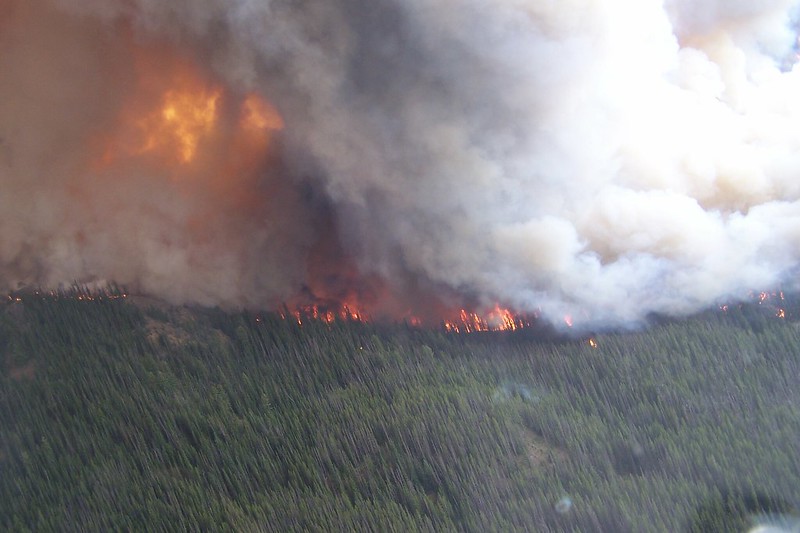
Are forest fires ever a good thing?
As mentioned previously, wildfires have occurred throughout the history of terrestrial life, and many species have evolved to cope with or thrive under the conditions that they produce. Particularly in areas such as the vegetated regions of Australia, the celd in southern Africa, the fynbos in South Africa and the forested areas of the US and Canada, forest fires are common and help to create what is known as ‘snag forest habitat’. These areas feature higher species richness and diversity when compared to unburned forest, and their soils are rich from the plant nutrients that the fires help to return. Furthermore, many of the native plants that thrive in these areas rely on fire for successful germination of their seeds. Some of these ecosystems, however, are now suffering from too much fire, which has upset natural cycles and altered the previously well-balanced plant communities.
What can be done to prevent and control forest fires?
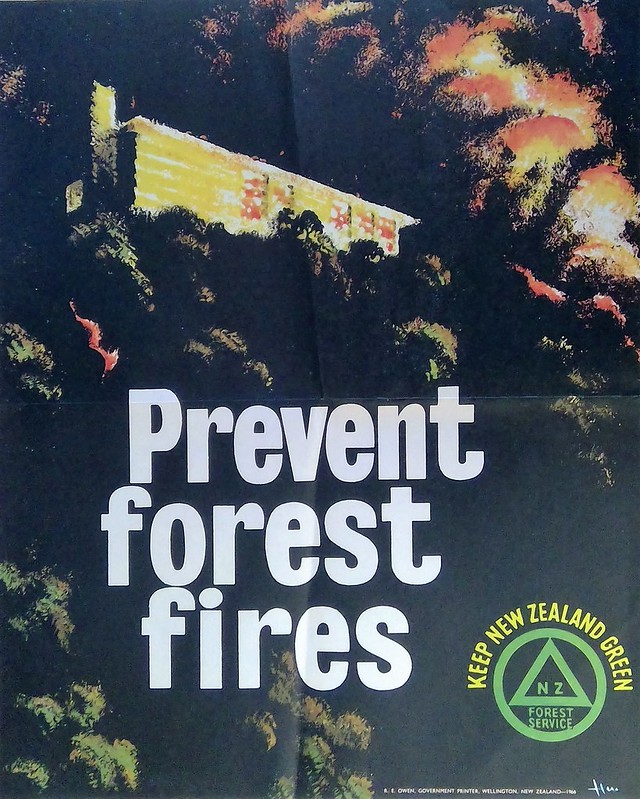
Forest fire prevention attempts to reduce the risk of fires, as well as minimising their intensity and spread. One of the key methods is to educate and raise public awareness of the human-involvement in forest fires. In Europe, more than 95% of fires are caused by humans, and so addressing this is considered to be the most effective means of reducing unplanned forest fires. Closely controlling the use of planned burning is also important, as fires that are conducted under less dangerous weather conditions are much more likely to be successfully contained. The intentional igniting of small areas of vegetation is also used to minimise the amount of flammable material available for future forest fires and, when conducted carefully, can also help to maintain high local species diversity. However, this method is often unpopular due to the economic losses associated with burning potentially usable timber. Another method, particularly popular in the US, involves a fuel reduction strategy that involves logging and thinning overstocked trees.
Summary
• Although forest fires have occurred naturally since the evolution of terrestrial vegetation, climate change and changes in land management have produced conditions that are much more favourable for long, intense fire seasons.
• Forest fires make a significant contribution to global carbon emissions, destroy important habitat and can cause local widespread desertification.
• Current methods of controlling and preventing forest fires include widespread education to minimise the unintentional starting of fires by the public, as well as controlled small-scale burning of vegetation and clearing overstocked trees.
• Despite this, forest fires continue to be a significant challenge. They contribute to the climate crisis and pose a significant risk to wildlife and human life and health.
Useful resources
• This global map, available on NASA’s Earth Observatory website, shows the location of active fires around the world on a monthly basis.
• Forest Fires – Sparking Firesmart Policies in the EU: This EU commissioned report is aimed at scientists, land-managers and policy-makers and offers a wide portfolio of solutions to prevent and combat forest fires.
• Watch incredible footage of forest fires and learn more about their impacts in this excellent episode of David Attenborough’s ‘Our Planet’.

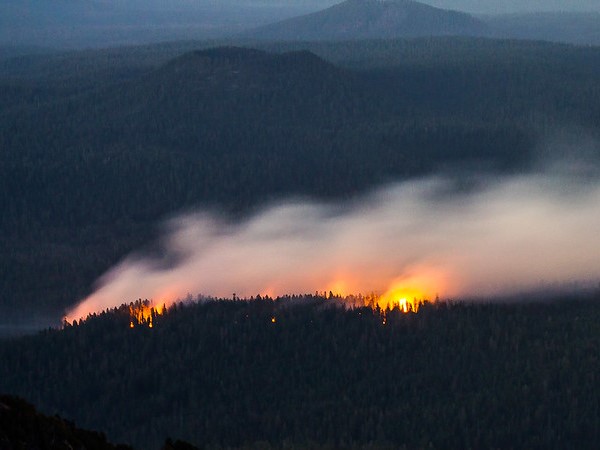
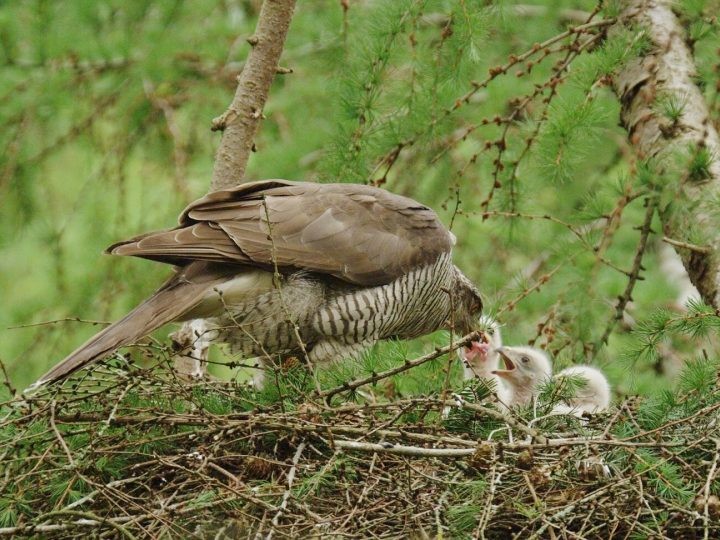

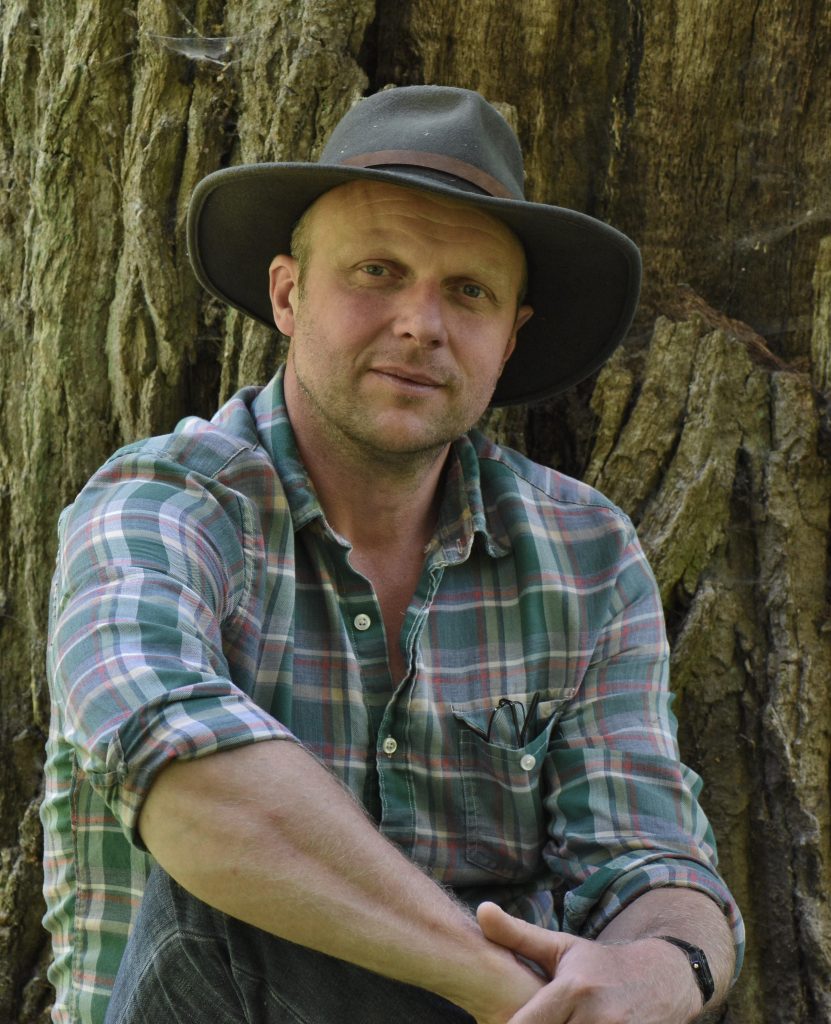 Could you tell us about how you first came to be interested in the natural world?
Could you tell us about how you first came to be interested in the natural world?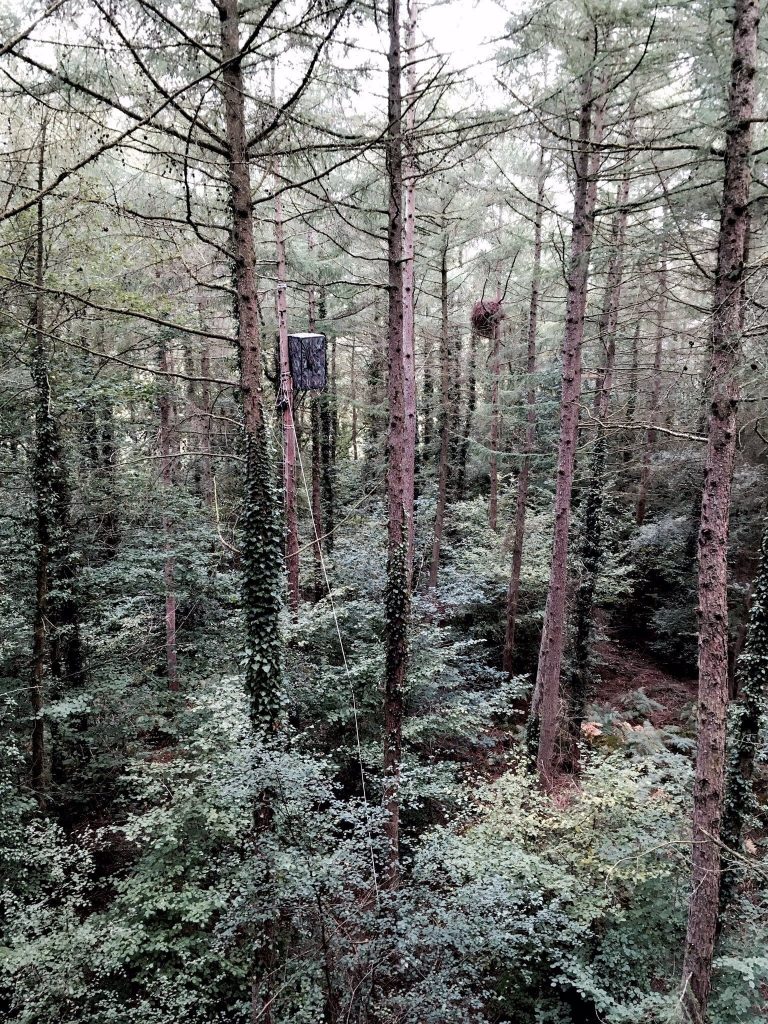

 The reality is very anti-social working hours, high levels of frustration and a huge impact on home life! But I wouldn’t change it for the world as it is undoubtedly one of the most soul-nourishing jobs you could ever hope to do, in my opinion. It’s a tough, highly competitive industry, but this doesn’t mean you can’t get in through gentle persistence and dedication. Knowledge is everything: read, watch and learn everything you possibly can about your chosen wildlife subject before even attempting to film it.
The reality is very anti-social working hours, high levels of frustration and a huge impact on home life! But I wouldn’t change it for the world as it is undoubtedly one of the most soul-nourishing jobs you could ever hope to do, in my opinion. It’s a tough, highly competitive industry, but this doesn’t mean you can’t get in through gentle persistence and dedication. Knowledge is everything: read, watch and learn everything you possibly can about your chosen wildlife subject before even attempting to film it.








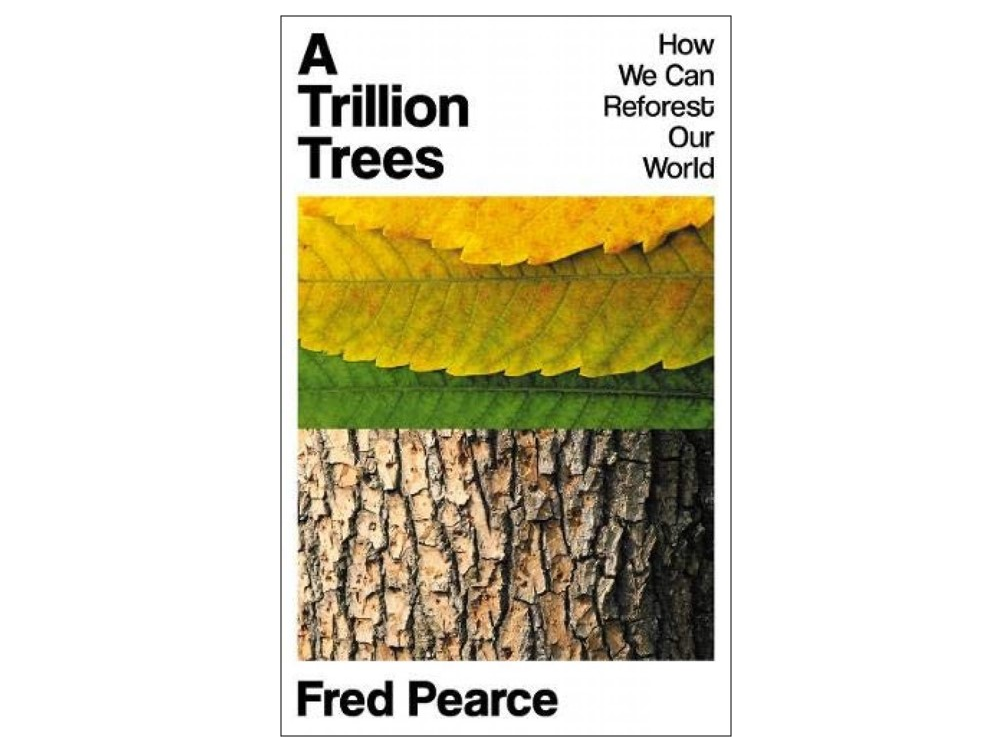

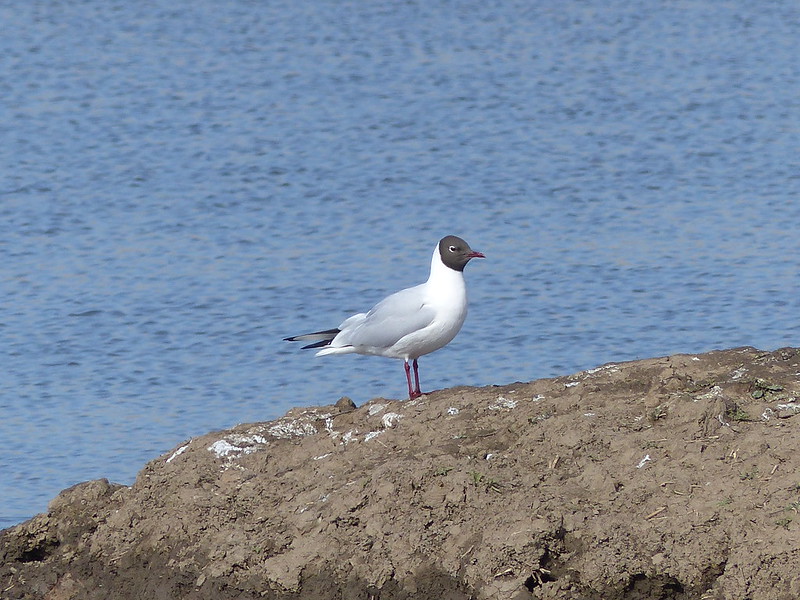



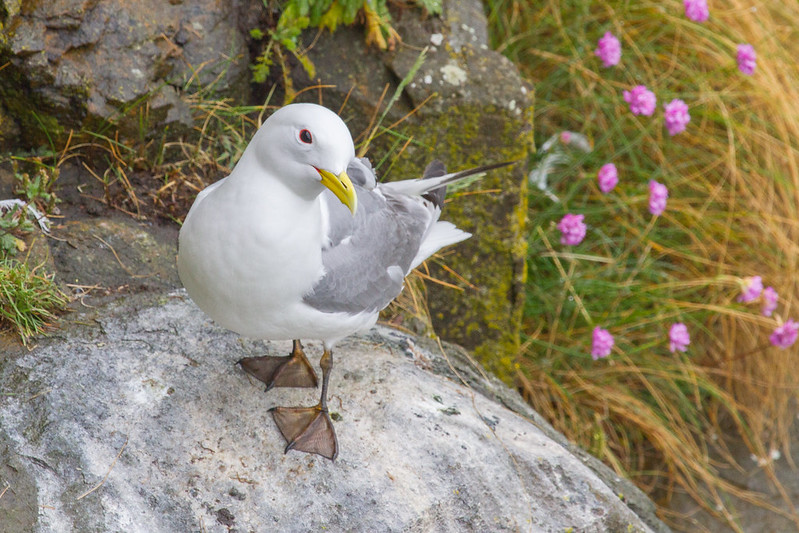
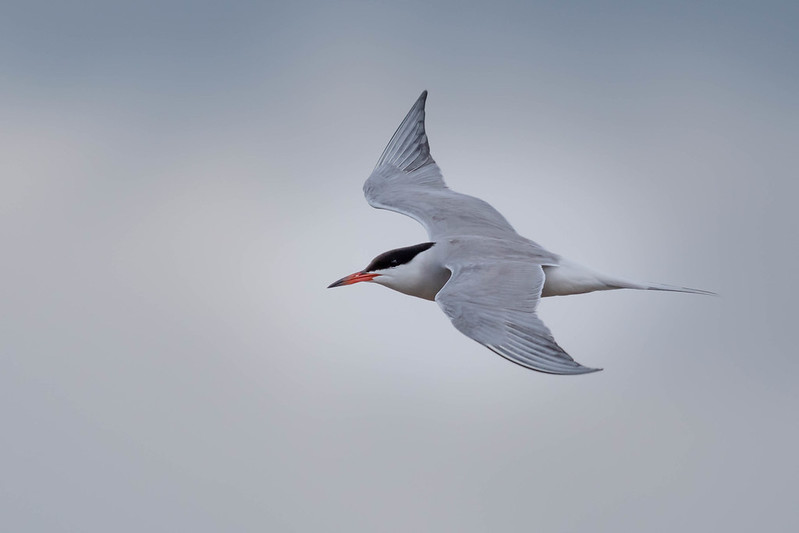


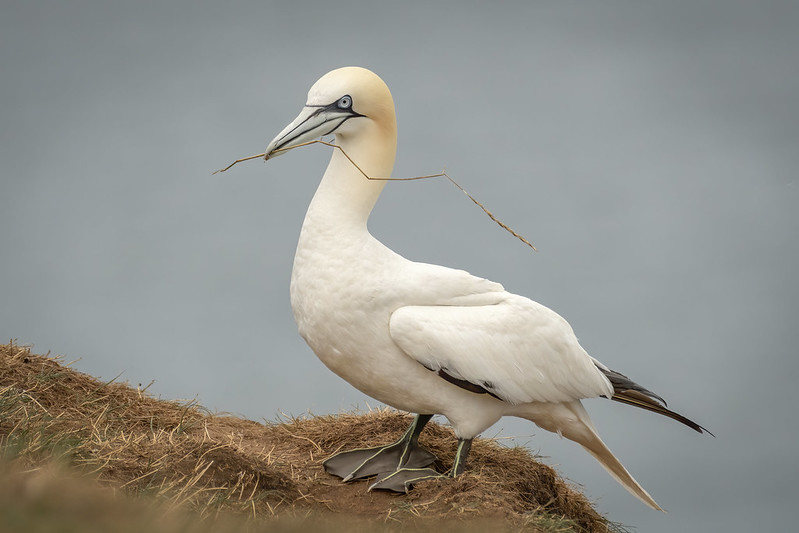
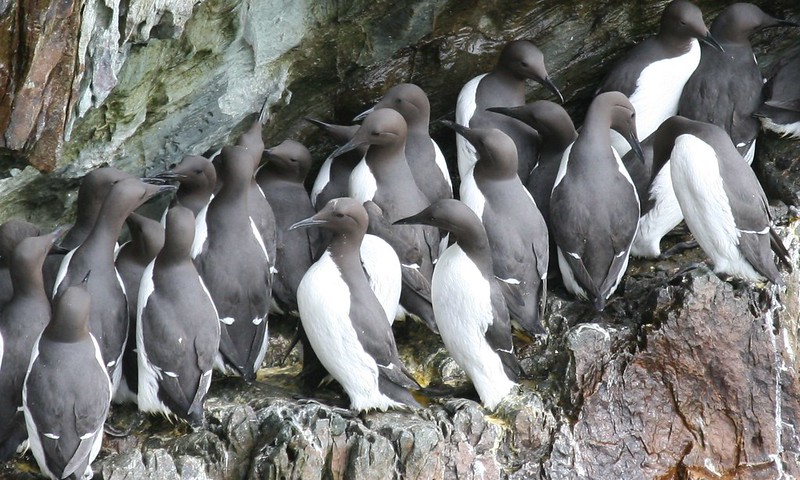


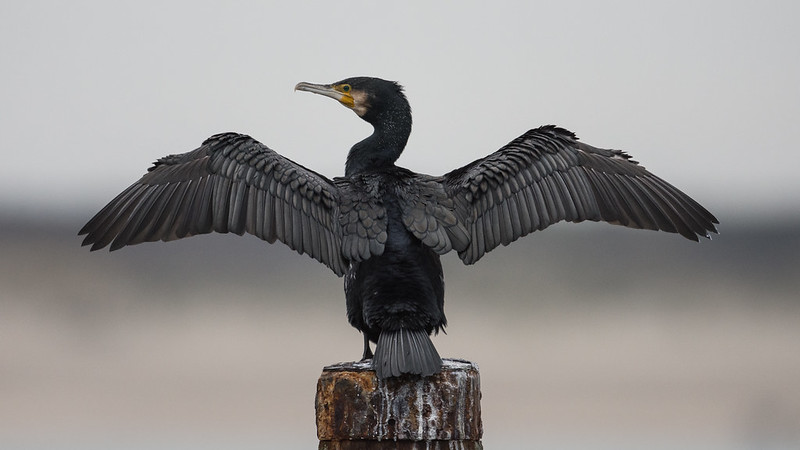
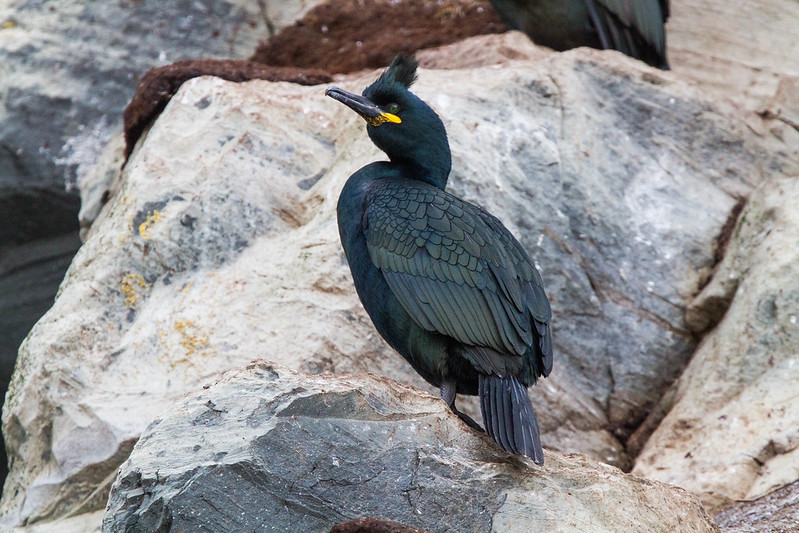
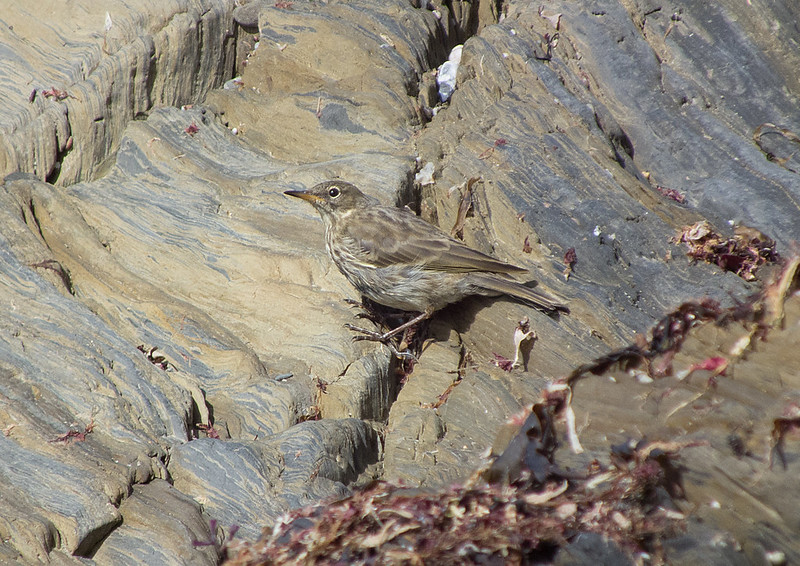











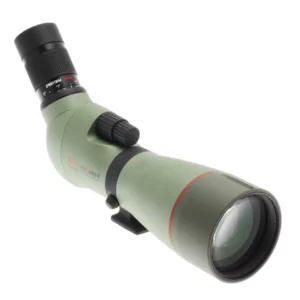
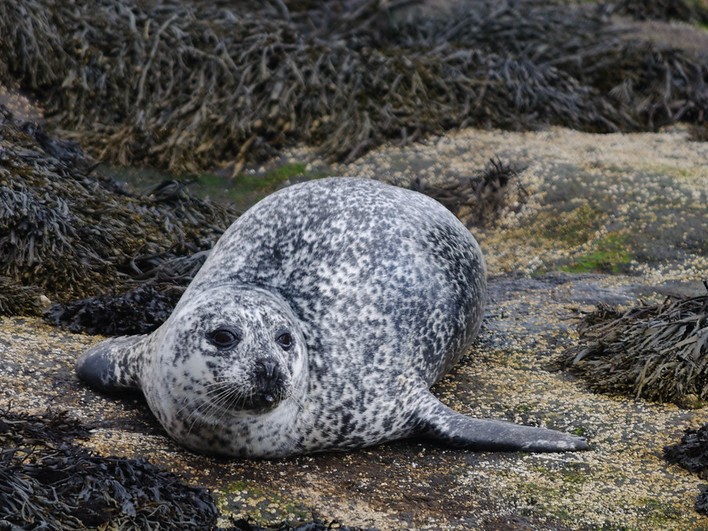







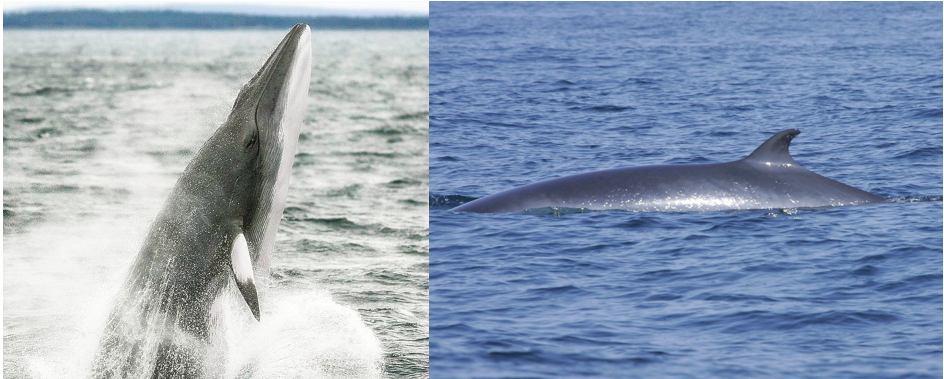
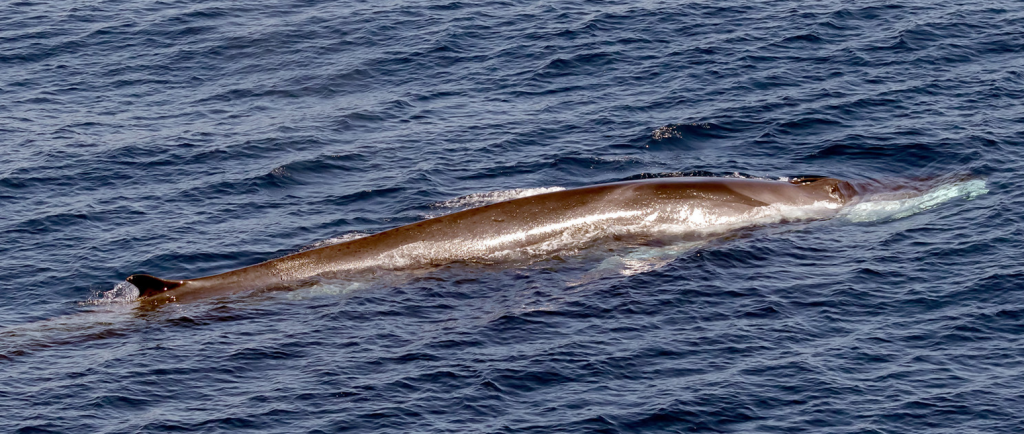

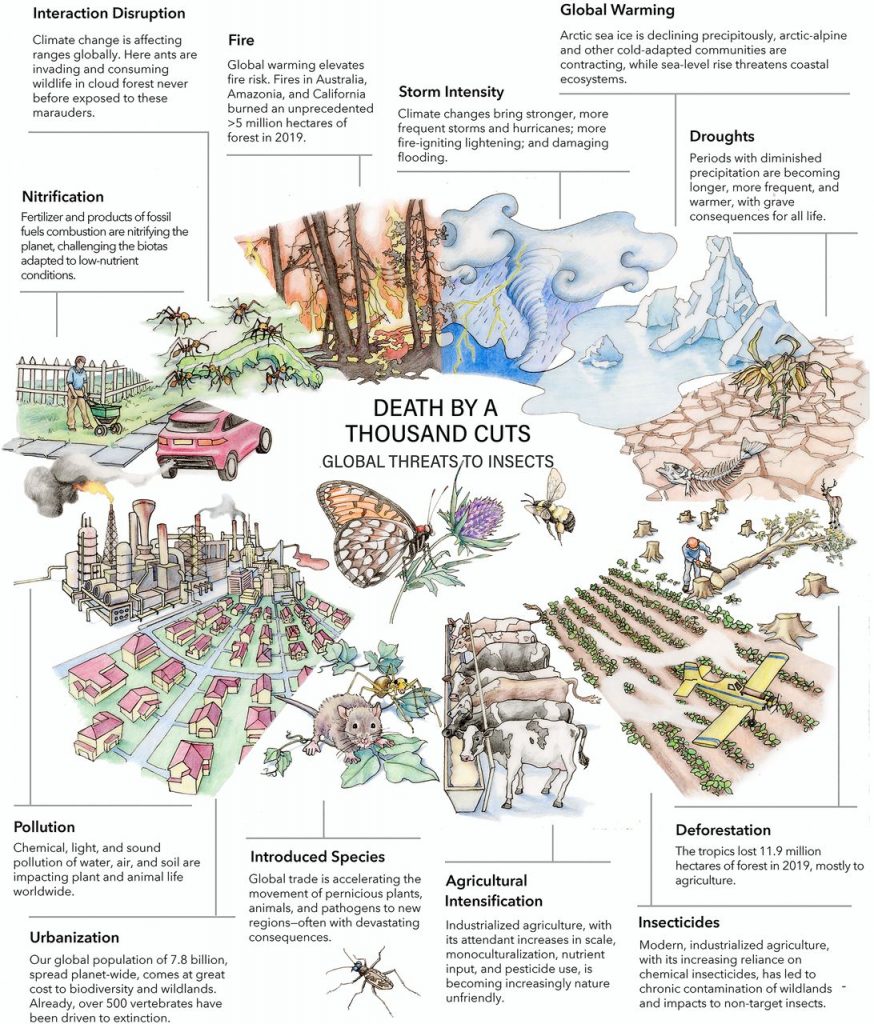

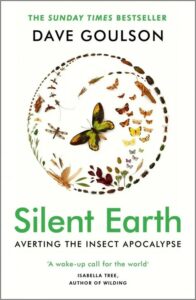
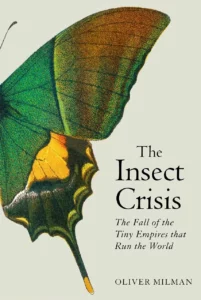

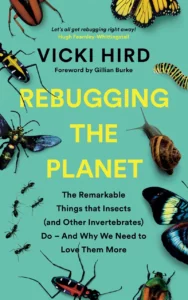

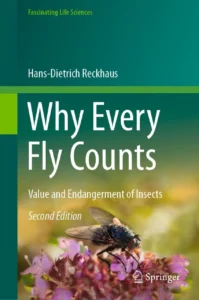

 Here we review the Anabat Scout from Titley Scientific. The Scout is an easy to use active bat detector that offers excellent quality live audio and recording, plus many handy surveying features and durability that sets it apart from other detectors. It uses heterodyne, auto-heterodyne and frequency division audio that can be recorded in either full spectrum or zero crossing files.
Here we review the Anabat Scout from Titley Scientific. The Scout is an easy to use active bat detector that offers excellent quality live audio and recording, plus many handy surveying features and durability that sets it apart from other detectors. It uses heterodyne, auto-heterodyne and frequency division audio that can be recorded in either full spectrum or zero crossing files.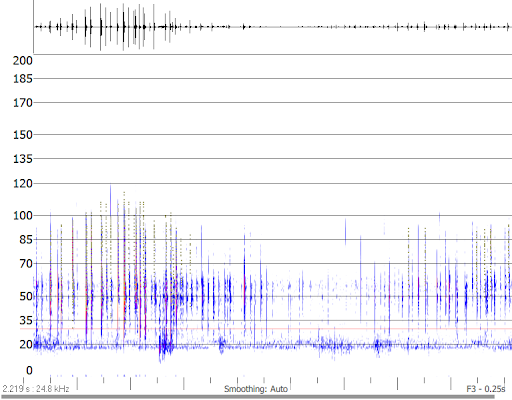
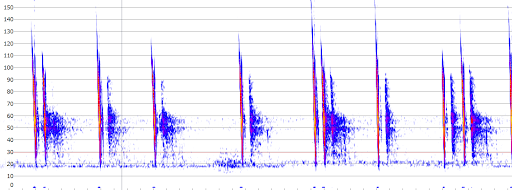
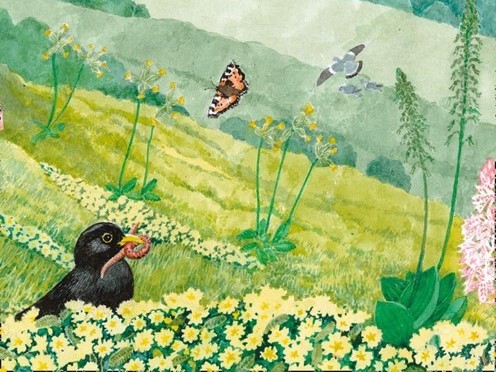


 Silvertown (plant ecologist and science writer) was the member of the New Naturalist editorial board who oversaw my book. He liked the site based approach and encouraged me to use it throughout the book (his own popular book on plant diversity ‘Demons in Eden’ had used a similar approach). In many ways the approach grew out of my tendency to ‘tell stories’ when talking about ecology to beginning undergraduates. So in part the book is my lecturing style turned to prose.
Silvertown (plant ecologist and science writer) was the member of the New Naturalist editorial board who oversaw my book. He liked the site based approach and encouraged me to use it throughout the book (his own popular book on plant diversity ‘Demons in Eden’ had used a similar approach). In many ways the approach grew out of my tendency to ‘tell stories’ when talking about ecology to beginning undergraduates. So in part the book is my lecturing style turned to prose.
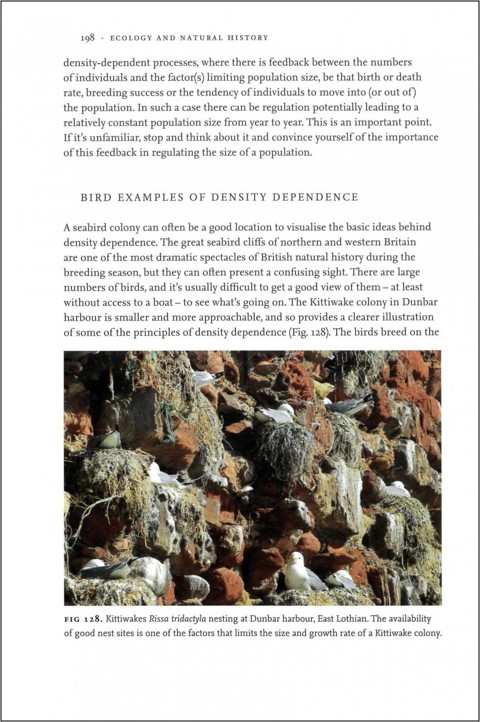 Because of the relatively early start of academic ecology in Britain the country has a number of very long running ecology field experiments. For example two I write about in the book are The Park Grass experiment at Rothamsted (started 1856) and the Godwin Plots at Wicken Fen (started 1927). Neither was started with the idea that they would run for 100 years or more – there is a large element of chance in their long-term survival. However, once an experiment has been running for a long time then people start to realise that such long runs of data are important and try and find the resources to continue them. More recent examples include (amongst many) the Buxton Climate Change Impacts Lab (which commenced in 1993 on limestone grassland in the Peak District) and grazing experiments set up in the Ainsdale Dunes system in Merseyside (started in 1974). But to be really long term requires luck and/or a succession of people determined enough to keep them going against the odds.
Because of the relatively early start of academic ecology in Britain the country has a number of very long running ecology field experiments. For example two I write about in the book are The Park Grass experiment at Rothamsted (started 1856) and the Godwin Plots at Wicken Fen (started 1927). Neither was started with the idea that they would run for 100 years or more – there is a large element of chance in their long-term survival. However, once an experiment has been running for a long time then people start to realise that such long runs of data are important and try and find the resources to continue them. More recent examples include (amongst many) the Buxton Climate Change Impacts Lab (which commenced in 1993 on limestone grassland in the Peak District) and grazing experiments set up in the Ainsdale Dunes system in Merseyside (started in 1974). But to be really long term requires luck and/or a succession of people determined enough to keep them going against the odds.
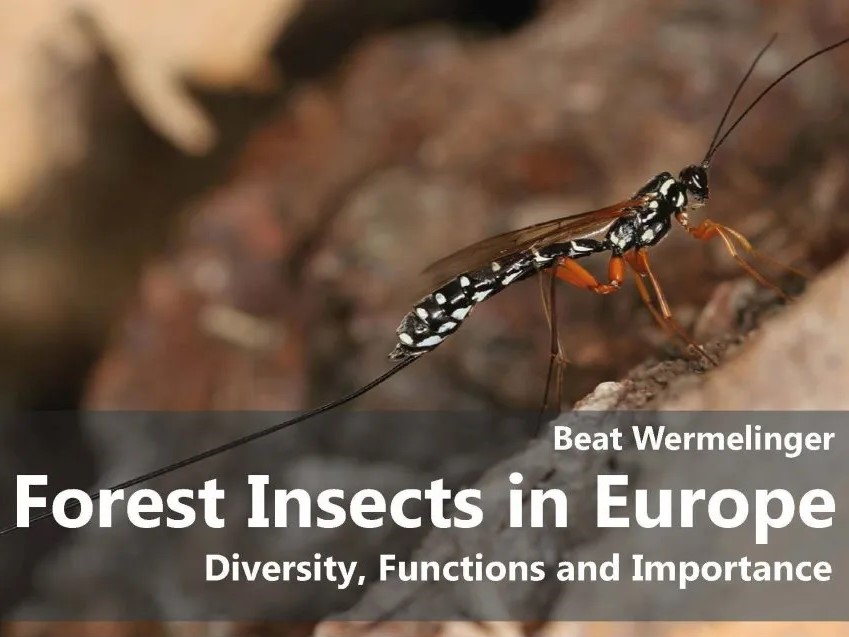
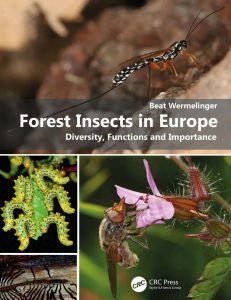
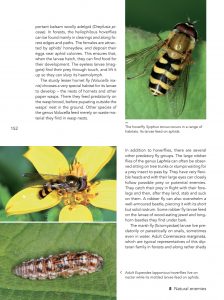 Much of the information comes from my readings or lectures. However, since I wanted to portray the ecological and economic importance of forest insects as broadly as possible, I still had to review a lot of published material. Above all, I wanted to support quantitative data with accurate citations. Owing to the Internet, such research is easier today than it was 20 years ago… Fortunately, I also had my own photographs on almost all topics.
Much of the information comes from my readings or lectures. However, since I wanted to portray the ecological and economic importance of forest insects as broadly as possible, I still had to review a lot of published material. Above all, I wanted to support quantitative data with accurate citations. Owing to the Internet, such research is easier today than it was 20 years ago… Fortunately, I also had my own photographs on almost all topics.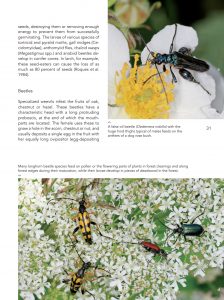 Professionally, I am mainly concerned with wood-dwelling insects. I am especially interested in the bark beetles, and their natural enemies as well as the intensive interactions with their host trees. Bark beetles are known to be pests, but they are also pioneers in the decay of wood. I also deal with the wood-dwelling longhorn beetles and jewel beetles, which often lend themselves to photography because of their size and beauty. For decades I have dealt with the development of their biodiversity after disruptive events such as storms or fire. The social red wood ants or the galling insects also fascinate me with their ingenious way of life.
Professionally, I am mainly concerned with wood-dwelling insects. I am especially interested in the bark beetles, and their natural enemies as well as the intensive interactions with their host trees. Bark beetles are known to be pests, but they are also pioneers in the decay of wood. I also deal with the wood-dwelling longhorn beetles and jewel beetles, which often lend themselves to photography because of their size and beauty. For decades I have dealt with the development of their biodiversity after disruptive events such as storms or fire. The social red wood ants or the galling insects also fascinate me with their ingenious way of life. There are two main causes for the decline in much of the forest insect fauna. The intensive use of wood in the past centuries has led to the fact that the forest area in Europe has decreased significantly over a long period of time, the trees no longer reach their natural age phase, and there were almost no dead trees that could slowly rot. In the case of many wood-dwelling insects that are dependent on so-called habitat trees or develop in decayed, thick tree trunks, this has led to a severe threat to their biodiversity. In recent decades, the forest area has increased again and in many countries the preservation of old trees and dead wood is being promoted. However, the impact is still modest.
There are two main causes for the decline in much of the forest insect fauna. The intensive use of wood in the past centuries has led to the fact that the forest area in Europe has decreased significantly over a long period of time, the trees no longer reach their natural age phase, and there were almost no dead trees that could slowly rot. In the case of many wood-dwelling insects that are dependent on so-called habitat trees or develop in decayed, thick tree trunks, this has led to a severe threat to their biodiversity. In recent decades, the forest area has increased again and in many countries the preservation of old trees and dead wood is being promoted. However, the impact is still modest.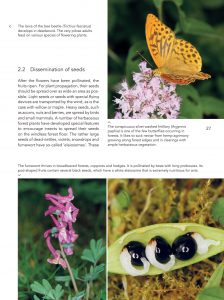 The main problem when photographing small objects is always to be able to focus as much as possible on them. This requires a small aperture and therefore a lot of light. I photograph everything “hand-held” and therefore the shutter speed should be short. For these reasons, I almost always use a ring flash with separately controllable halves and 100 mm macro lens with my SLR camera. Nonetheless, even cameras with a small sensor (even mobile phones!) can nowadays produce surprisingly good images of larger, less volatile insects.
The main problem when photographing small objects is always to be able to focus as much as possible on them. This requires a small aperture and therefore a lot of light. I photograph everything “hand-held” and therefore the shutter speed should be short. For these reasons, I almost always use a ring flash with separately controllable halves and 100 mm macro lens with my SLR camera. Nonetheless, even cameras with a small sensor (even mobile phones!) can nowadays produce surprisingly good images of larger, less volatile insects.